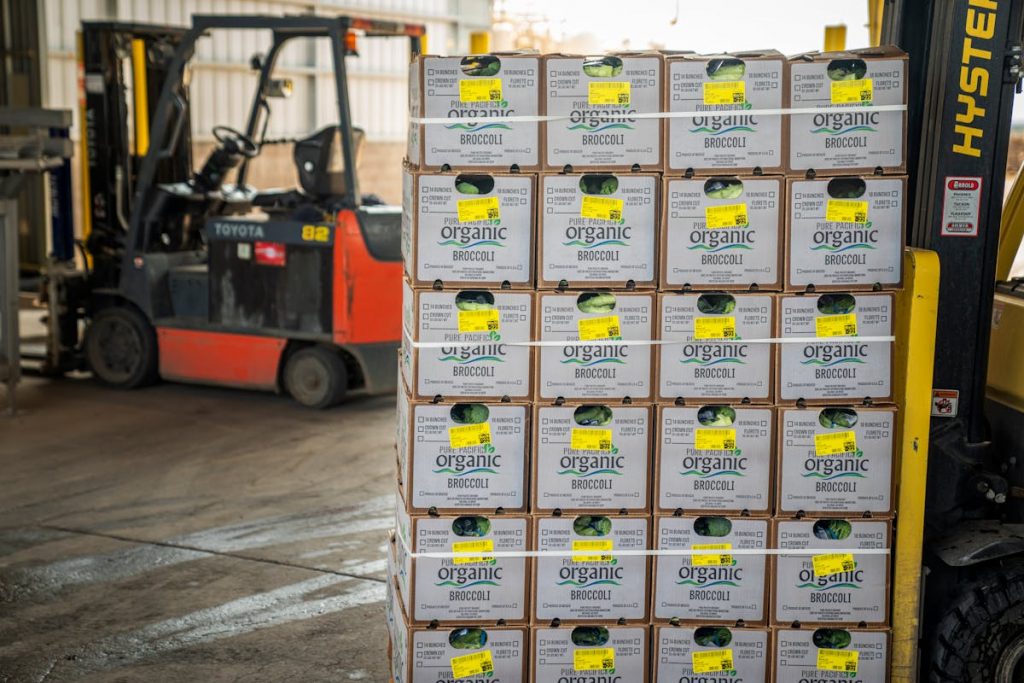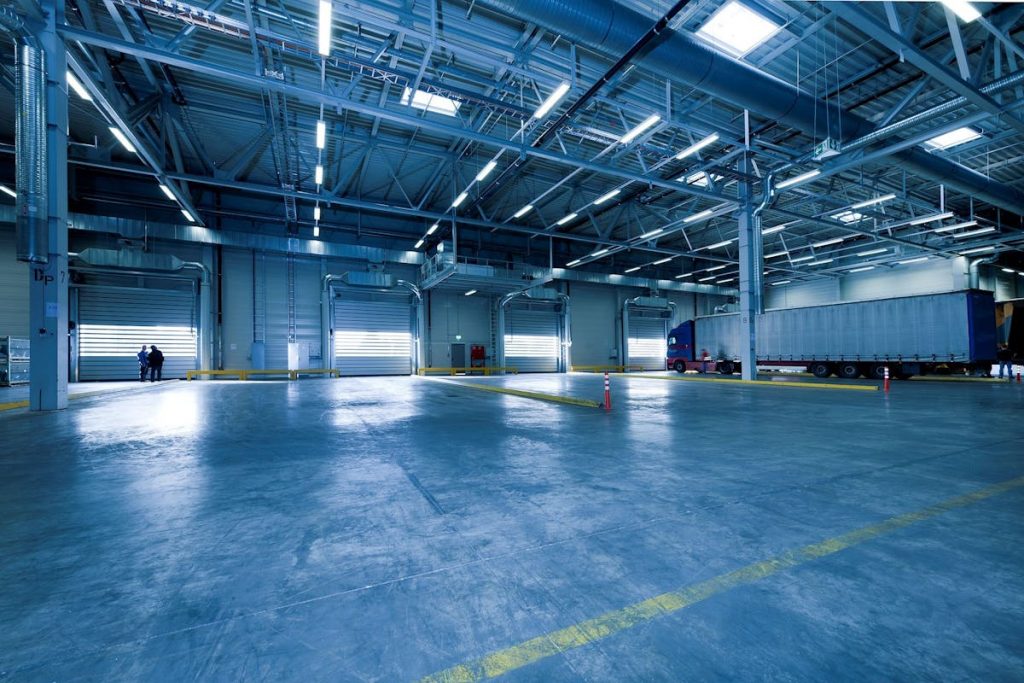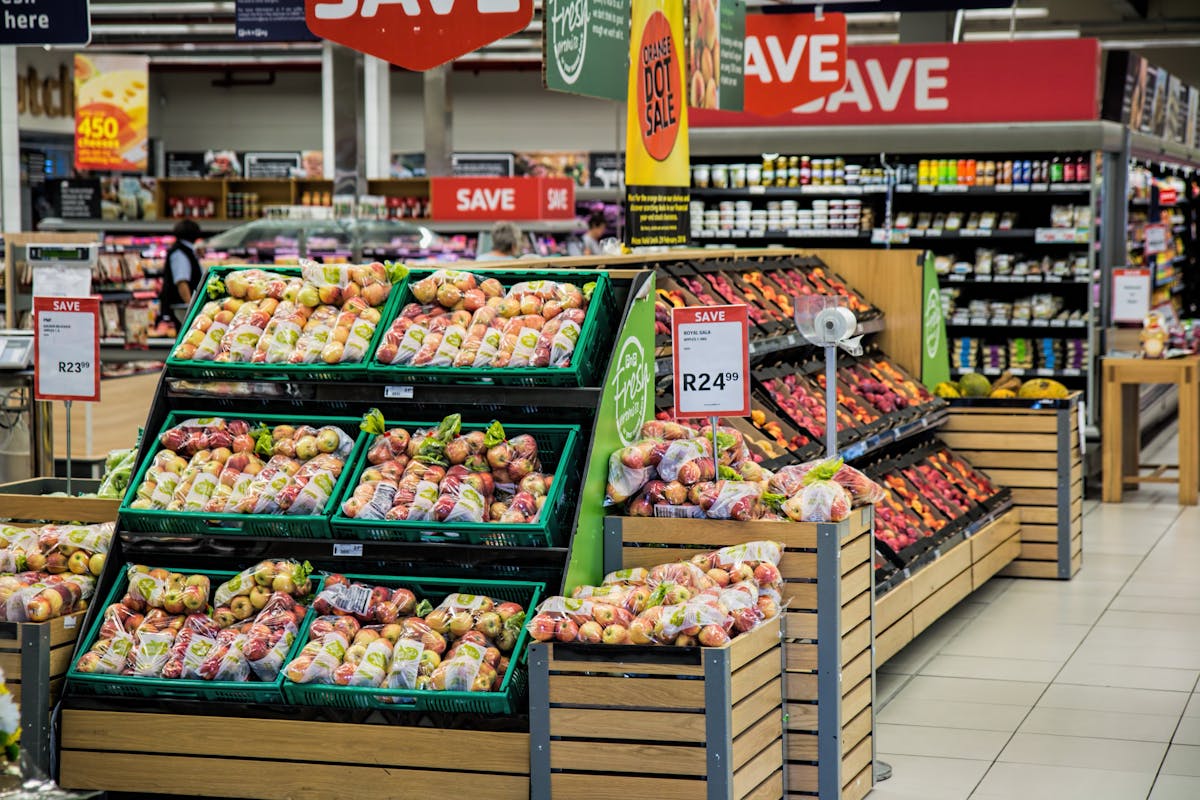
- Implement preventive maintenance: schedule inspections, train staff, and utilize technology for efficient upkeep.
- Optimize energy efficiency: upgrade lighting, install programmable thermostats, and monitor energy usage.
- Invest in quality equipment: reduce downtime, increase lifespan, and benefit from warranty coverage.
- Outsource non-core tasks: hire professionals for janitorial services, landscaping, pest control, and equipment repairs.
- Encourage employee involvement: provide training, recognition, open communication, and cross-training for maintenance tasks.
Maintaining a large retail store involves many tasks, from keeping the premises clean to ensuring equipment functions optimally. However, the costs associated with maintenance can quickly add up and eat into profits. In an industry where margins are often tight, finding ways to reduce maintenance costs is crucial for the business’s financial health, especially in advanced countries like Singapore and Japan. This article will explore five effective strategies for cutting maintenance expenses in a large retail store.
1. Implement Preventive Maintenance Programs
Preventive maintenance involves regular inspections, servicing, and repairs to prevent equipment breakdowns and prolong lifespan. Here are some steps to implement an effective preventive maintenance program:
Asset Inventory
Conduct a thorough inventory of all equipment and assets in the store, including HVAC systems, refrigeration units, lighting fixtures, and security systems.
Create a Maintenance Schedule
Develop a maintenance schedule outlining when each asset should be inspected, serviced, and replaced if necessary. This schedule should be based on manufacturer recommendations and historical data.
Train Staff
Provide training to staff members responsible for maintenance tasks. Ensure they understand the importance of preventive maintenance and how to perform basic inspections and repairs.
Utilize Technology
Invest in maintenance management software to schedule tasks, track work orders, and generate reports. These tools can help streamline the maintenance process and identify potential issues before they escalate.

2. Invest in High-Quality Equipment and Materials
It can be tempting to cut costs by buying cheaper equipment and materials, but investing in quality products upfront can lead to long-term savings, from electric forklifts and cranes to conveyor belts and scanners. Here’s why:
Reduced Downtime
High-quality equipment is less prone to breakdowns and malfunctions, reducing the need for costly repairs and maintenance.
Longer Lifespan
Quality materials are more durable and less likely to wear out prematurely. This means fewer replacements and less frequent maintenance.
Higher Efficiency
Premium equipment often comes with advanced features that improve efficiency and performance, ultimately lowering energy and maintenance costs over time.
Warranty Coverage
Many quality products have extended warranty coverage, providing protection against unexpected repairs and replacements.

3. Optimize Energy Efficiency
Energy costs can make up a significant portion of a retail store’s expenses. By optimizing energy efficiency, you can not only reduce operational costs but also minimize the need for maintenance. Here are some ways to improve energy efficiency:
Upgrade to LED Lighting
Consider replacing older lighting fixtures with LED bulbs, which are energy-efficient. LEDs consume less energy and last longer, reducing the frequency of bulb replacements.
Install Programmable Thermostats
Use programmable thermostats to regulate heating and cooling systems based on occupancy patterns. This can help avoid unnecessary energy consumption during off-peak hours.
Regularly Maintain HVAC Systems
Clean or replace air filters, check for leaks in ductwork, and schedule professional inspections to ensure HVAC systems operate efficiently.
Monitor Energy Usage
Install energy monitoring systems to track energy consumption in real time. Identify areas of high energy usage and implement measures to reduce waste.
Implement Practices for Saving Energy
Teach workers to turn off equipment and lights when not in use. Consider implementing motion sensors in low-traffic areas to control lighting automatically.
4. Outsource Non-Core Maintenance Tasks
In a large retail store, certain maintenance tasks may fall outside the core competencies of your staff. Outsourcing these tasks to specialized service providers is often more cost-effective than handling them in-house. Consider outsourcing the following non-core maintenance tasks:
Janitorial Services
Hire a professional cleaning company to handle routine cleaning tasks, such as floor mopping, window washing, and restroom sanitation.
Landscaping and Grounds Maintenance
Contract with a landscaping company to maintain the store’s exterior, including lawn care, tree trimming, and snow removal.
Pest Control
Partner with a pest control company to address insect infestations, rodent control, and bird deterrents.
Equipment Repairs
Utilize third-party vendors for specialized equipment repairs and servicing, especially for complex systems like refrigeration units or security cameras.

5. Encourage Employee Involvement and Accountability
Employees play a crucial role in maintaining the cleanliness and functionality of a retail store. By fostering a culture of ownership and accountability, you can empower your staff to take proactive steps to reduce maintenance costs. Here’s how:
Training and Education
Train employees on proper cleaning techniques, equipment usage, and safety protocols. Ensure they understand the impact of their actions on maintenance costs.
Recognition and Incentives
Recognize and reward employees who consistently maintain high standards of cleanliness and care for equipment. Consider implementing incentive programs to encourage participation and engagement.
Open Communication Channels
Create channels for employees to report maintenance issues and suggest improvements. Encourage feedback and ideas for cost-saving initiatives.
Cross-Training
Cross-train employees to perform basic maintenance tasks across different areas of the store. This ensures coverage in case of staff shortages and promotes a sense of ownership and responsibility.
Reducing maintenance costs in a large retail store requires a combination of proactive planning, strategic investments, and employee engagement. By implementing preventive maintenance programs, optimizing energy efficiency, investing in quality equipment, outsourcing non-core tasks, and fostering employee involvement, retailers can effectively manage maintenance expenses while ensuring a clean, safe, and welcoming environment for customers and staff alike. By prioritizing cost-saving initiatives, retailers can improve their bottom line and position themselves for long-term success in a competitive market.


